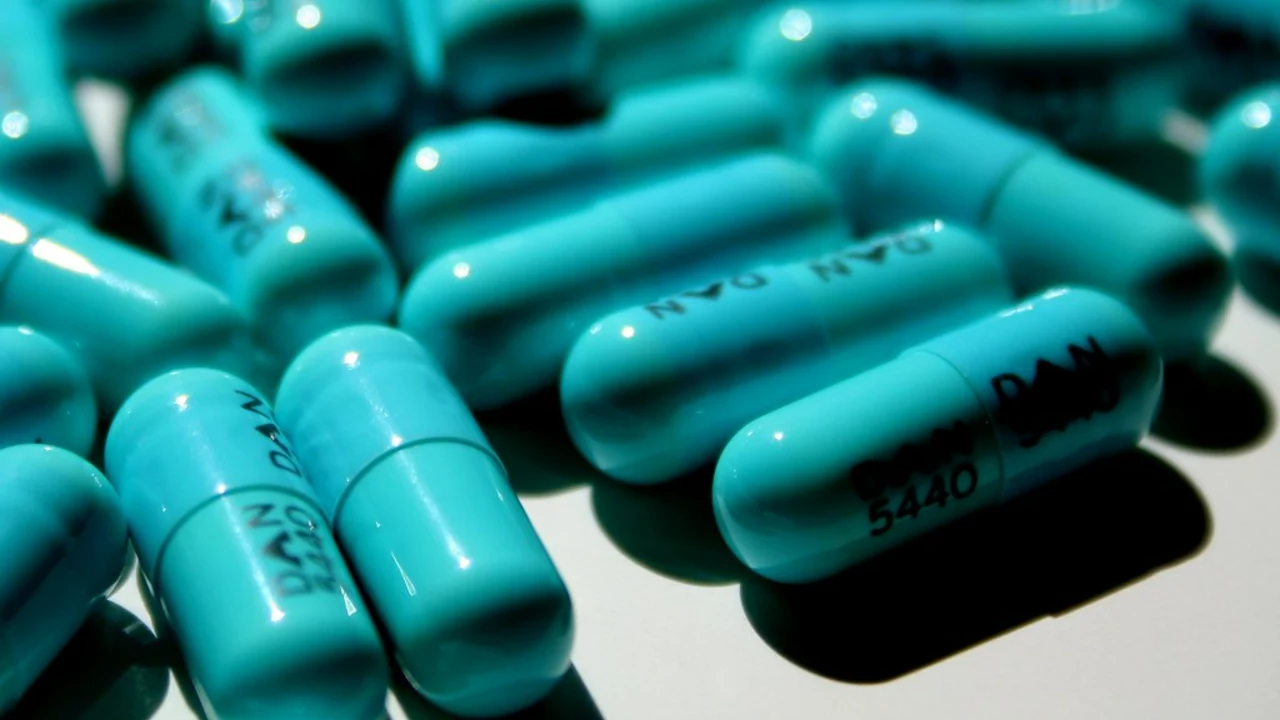Cholera spreads through contaminated water or food, and it can turn a mild stomach upset into a life‑threatening emergency in hours. The good news is that early recognition and proper rehydration stop most deaths. This guide breaks down the key signs, simple treatment steps you can take at home, and practical prevention tips you can use wherever you travel.
The classic sign of cholera is sudden, watery diarrhea that looks like rice‑water – clear, pale, and foul‑smelling. It often comes with a lot of vomiting and cramping. If someone loses more than a liter of fluid per hour, they’ll quickly show signs of dehydration: dry mouth, extreme thirst, low urine output, dark urine, rapid heartbeat, and dizziness when standing up. Children may become listless or have sunken eyes. Because the infection can hit hard without a fever, don’t wait for a temperature rise before acting.
The first step is rehydration. Oral Rehydration Salts (ORS) mixed with clean water replace lost electrolytes and fluids in most cases. Give the solution in small, frequent sips – about 5 ml every few minutes for infants, larger amounts for adults. If the person can’t keep ORS down because of vomiting, or if dehydration is severe (confusion, low blood pressure), seek medical help immediately; IV fluids may be needed.
Antibiotics aren’t required for everyone but can shorten illness and reduce bacterial spread in moderate to severe cases. Common choices include doxycycline, azithromycin, or ciprofloxacin, prescribed based on local resistance patterns. Always follow a doctor’s dosage instructions – misuse can fuel resistance.
While recovering, stick to bland foods like bananas, rice, applesauce, and toast (the BRAT diet) once diarrhea slows. Avoid dairy, fatty, spicy, or high‑fiber foods until the gut feels settled.
The best defense is clean water and good hygiene. Boil water for at least one minute, use certified filters, or treat with chlorine tablets before drinking or cooking. If you’re in a high‑risk area, stick to bottled water that’s sealed, and wash fruits and vegetables thoroughly.
Handwashing with soap after using the toilet and before handling food cuts down transmission dramatically. For travelers, consider getting an oral cholera vaccine (e.g., Dukoral, Shanchol) at least two weeks before departure; it offers several months of protection and is safe for most adults.
Avoid raw or undercooked seafood, especially shellfish harvested from contaminated waters. When eating street food, watch that the vendor uses clean water for washing produce and that cooking surfaces look hot enough to kill germs.
Community‑level actions matter too: supporting local sanitation projects, safe waste disposal, and education campaigns can lower cholera outbreaks in vulnerable regions.
Bottom line: quick recognition, prompt rehydration, and simple water safety steps keep cholera from becoming fatal. Keep ORS packets handy when traveling, stay vigilant about water sources, and don’t hesitate to get medical help if symptoms flare up.

In my recent research, I've discovered that Tetracycline, a type of antibiotic, is remarkably effective in treating cholera. This disease, commonly spread through contaminated water, can be devastating but Tetracycline helps to reduce both the severity and duration of symptoms. It works by inhibiting the bacteria's protein synthesis, helping to prevent the disease from progressing. It's great to know that this antibiotic can be a game-changer in cholera-ridden areas. However, it's important to remember that prevention, through clean water and sanitation, is always the best cure.
Cuba's healthcare system is amidst a critical shortage of essential medicines, pushing citizens towards the black market. This crisis highlights the struggle of families like Lili's, the irony of empty pharmacies yet abundant private vendors, and the government's efforts to address the complex issue.
Using household spoons to dose children's medicine is dangerous and inaccurate. Learn why oral syringes and milliliter measurements are the only safe choice for kids' liquid medications.
As a blogger, I've recently been researching the connection between Tamsulosin and dental health, and I'd like to share some key points with you all. Tamsulosin is a medication commonly used to treat benign prostatic hyperplasia (BPH), and it has been found to potentially impact dental procedures. One significant concern is the risk of increased bleeding during dental surgery, which may require dentists to take additional precautions. Individuals taking Tamsulosin should always inform their dentist about their medication history to ensure safe and effective dental care. Ultimately, understanding the link between Tamsulosin and dental health is essential for both patients and dental professionals.
Learn how to choose diabetes medications based on side effect profiles to improve adherence, avoid dangerous reactions, and match treatment to your health goals-without sacrificing blood sugar control.
Zyrtec is one of the top choices for fast allergy relief, but there's much more to it than just popping a pill. This article explores how Zyrtec works, tips for safer use, how it compares to other allergy medicines, and surprising facts you probably didn't know. Discover detailed advice and smart hacks to help make your allergy season a breeze.